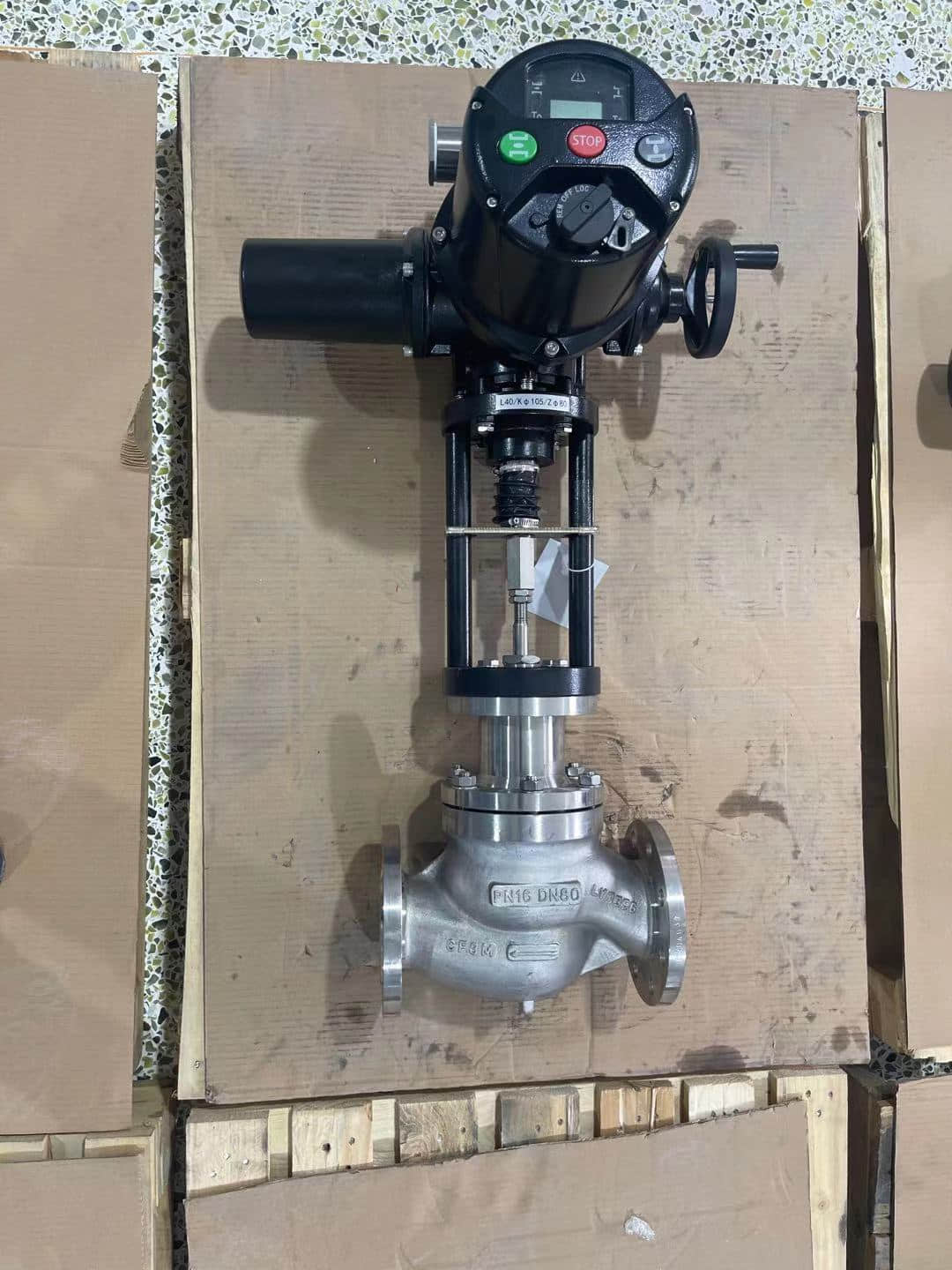the functionality and importance of electric two-seat regulating valves
Release time:2024-12-22 05:21:17
Electric two-seat regulating valves are essential components in various industrial applications, particularly in systems that require precise control of fluid flow. These valves are designed to regulate the flow of liquids and gases within pipelines, ensuring that operations run smoothly and efficiently. This article will explore the construction, functionality, advantages, applications, and maintenance of electric two-seat regulating valves.

Construction and Functionality
Electric two-seat regulating valves consist of two main seats that provide a pathway for the medium (liquid or gas) to pass through. The valve has an actuator that is electrically powered, which enables precise control of the flow rate. This actuator adjusts the position of the valve's internal mechanism in response to the control signal it receives from the system, typically from a control loop or feedback instrument.
The two-seat design allows for a more balanced flow, as fluid can pass through both openings simultaneously. This feature reduces the pressure drop across the valve and enhances the overall efficiency of the fluid handling system. The valves can be made from various materials, including stainless steel, brass, and plastics, depending on the type of medium being regulated and the specific application requirements.

